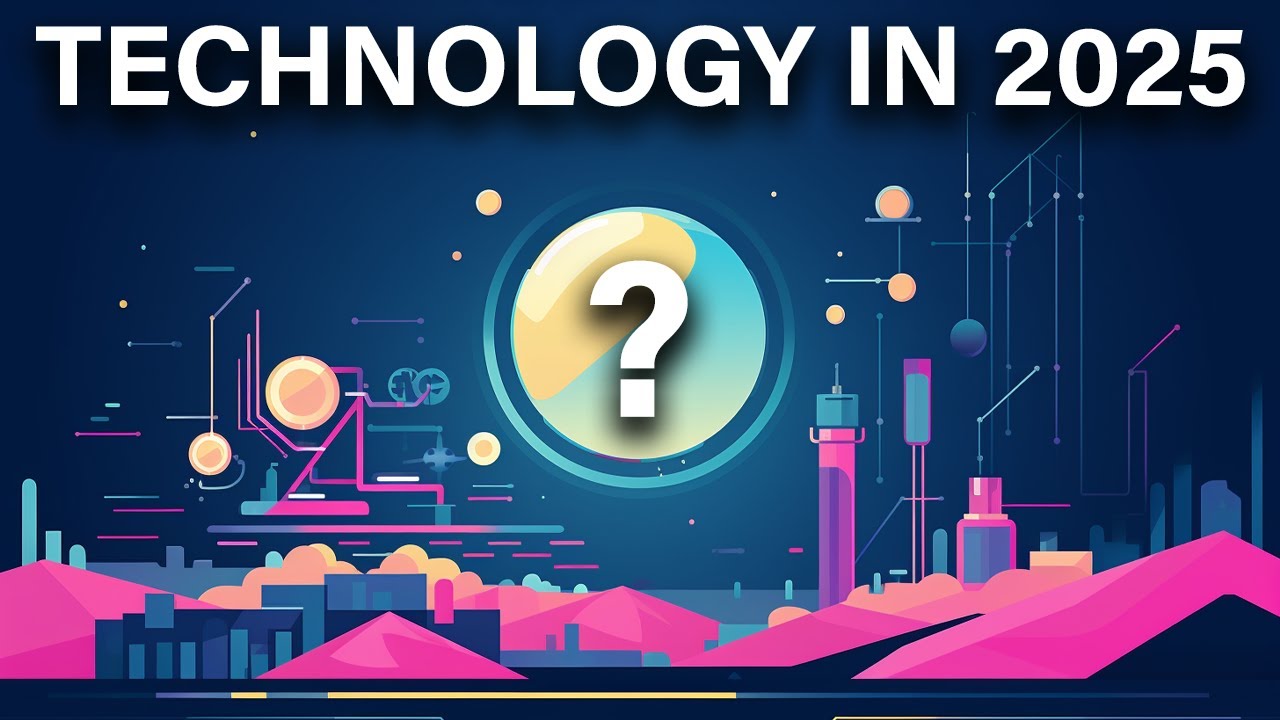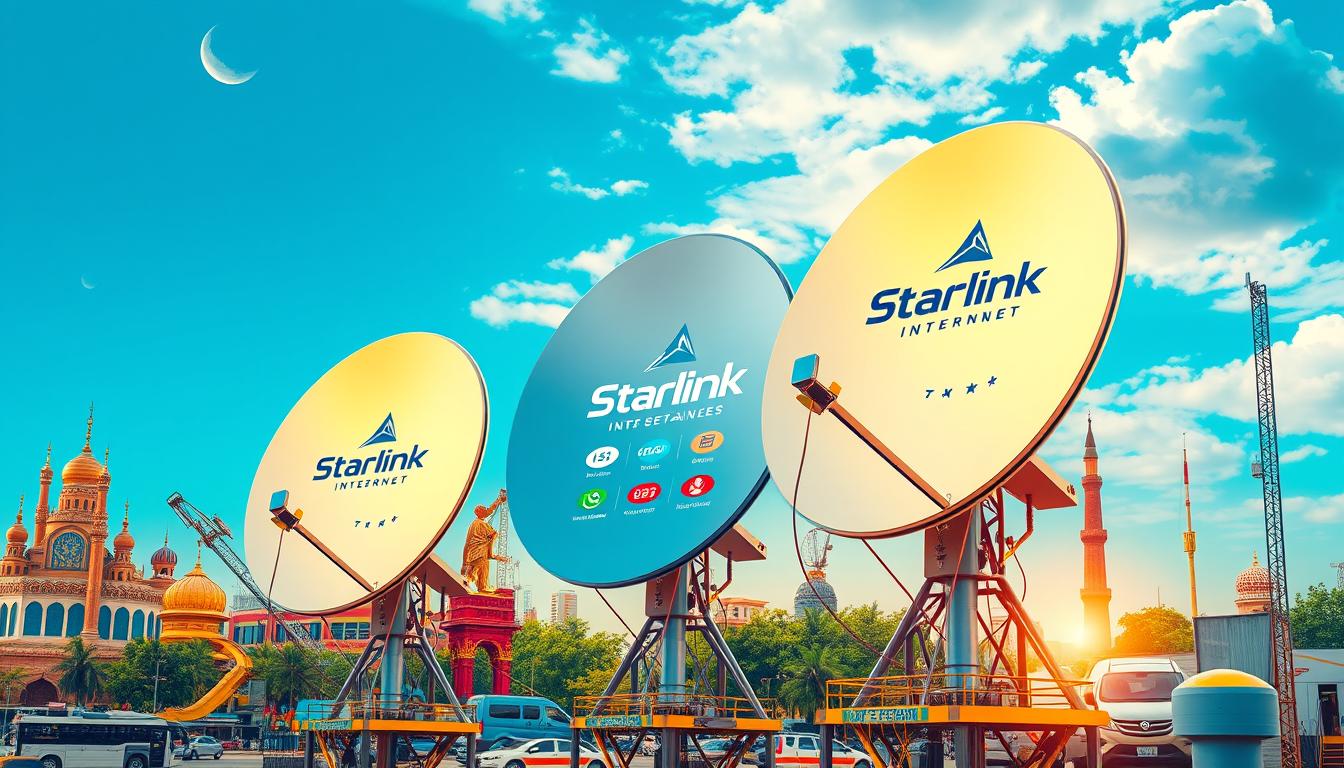Explore Technology in 2025 the transformative technologies shaping the fourth industrial revolution by 2025. Discover how mobile internet, AI, IoT, and more will impact the global economy and the workforce, highlighting the need for proactive talent development and retraining strategies.
Technology in 2025 As we approach 2025, we are on the brink of a fourth industrial revolution characterized by rapid technological advancement. According to the World Economic Forum’s Future of Jobs report and insights from the McKinsey Global Institute, ten transformative technologies are set to reshape the global economy. Here’s a summary of those key technologies:
- Mobile Internet: The evolution of mobile interfaces, formats, and sensors will increase internet accessibility, potentially reaching an additional 4.3 billion people by 2025.
- Artificial Intelligence (AI): Advancements in machine learning and user interfaces, including speech and gesture recognition, will enhance productivity and may automate certain knowledge work.
- Virtual and Augmented Reality (VR/AR): Predicted to grow into an $80 billion market, VR and AR will significantly enhance technology infrastructure and generate a robust ecosystem of applications for consumers and businesses.
- Cloud Technology: Cloud computing will continue to dominate, with nearly all IT services shifting to the cloud, driven by improved cybersecurity measures.
- Internet of Things (IoT): With over 9 billion connected devices today, this number could soar to between 50 billion and nearly 1 trillion in the next decade, creating challenges in monitoring and securing these systems.
- Advanced Robotics: Improvements in AI, machine vision, and robotics will transform service and product delivery, increasing demand for tech talent in this field.
- Biometric Technology: By 2025, many companies plan to eliminate traditional passwords in favor of biometric authentication methods like facial and voice recognition.
- 3D Printing: This technology may enable significant mass customization and drastically lower supply chain costs, potentially generating economic impacts of $230 to $550 billion annually.
- Genomics: Advances in genetic engineering, powered by faster processing capabilities, will enhance agricultural production, decrease fossil fuel reliance, and improve human life expectancy.
- Blockchain: Beyond cryptocurrencies, blockchain’s diverse applications across industries will enable secure, efficient contracting and transactions.
Wildcard: Quantum Computing
While its commercial applications are still developing, quantum computing is predicted to emerge within five years, offering businesses opportunities to enhance revenue, reduce costs, and minimize infrastructure investments.
Preparing the Workforce for Change
While these technologies offer significant potential benefits, they also present challenges that businesses must address. The McKinsey report emphasizes the importance of proactive employee training and development to keep pace with evolving skill requirements. The World Economic Forum warns that the rapid changes in various industries will shorten the relevance of current skill sets, highlighting the need for companies to focus on talent development and workforce strategies.
In conclusion, organizations must adapt to these transformative technologies by prioritizing education and retraining to harness their benefits fully. A proactive approach to talent management is essential for businesses to thrive in this new technological landscape.
Q&A
Q: What is the fourth industrial revolution?
A: The fourth industrial revolution refers to the current era of rapid technological advancements that are transforming industries and society, driven by emerging technologies like AI, IoT, and blockchain.
Q: What are the key technologies shaping the economy by 2025?
A: The ten key technologies include mobile internet, artificial intelligence, virtual and augmented reality, cloud technology, the Internet of Things, advanced robotics, biometric technology, 3D printing, genomics, and blockchain.
Q: How will these technologies impact the workforce?
A: These technologies will create new job opportunities while also requiring workers to adapt through continuous education and retraining, as many existing skill sets will become obsolete.





![Infinix Note 40 Price in Pakistan – Full Specs, Features & Reviews [2025]](https://mubashartechtalk.com/wp-content/uploads/2025/07/Infinix-Note-40-price-in-pakistan-2025-150x150.jpg)




